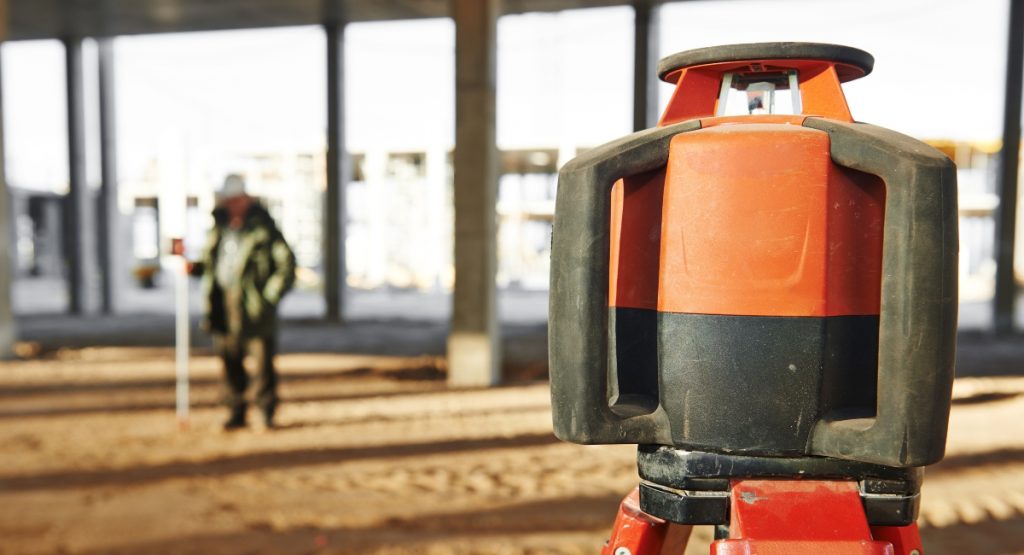In the realm of modern construction and infrastructure development, precision, accuracy, and efficiency are paramount. Nowhere is this more evident than in the bustling metropolis of London, where every square inch of land holds immense value, and every project demands meticulous planning. Enter laser scanning survey London technology—a revolutionary tool that has transformed the landscape of project management and execution. In this comprehensive guide, we delve into the top five benefits of leveraging laser scanning surveys for your London project.
Unparalleled Precision and Accuracy
At the core of laser scanning survey technology lies its ability to capture highly detailed, three-dimensional data of the project site with unparalleled precision and accuracy. Unlike traditional surveying methods that rely on manual measurements and observations, laser scanning employs advanced LiDAR (Light Detection and Ranging) technology to rapidly capture millions of data points within a matter of minutes. This wealth of data not only provides a comprehensive digital representation of the site but also eliminates the margin for human error, ensuring that every dimension and contour is captured with utmost fidelity.
Streamlined Project Planning and Design
In the fast-paced world of construction, time is of the essence. Laser scanning survey accelerates the project planning and design phase by providing architects, engineers, and planners with a rich dataset that serves as the foundation for informed decision-making. By integrating laser scan data into Building Information Modeling (BIM) software, stakeholders gain valuable insights into existing site conditions, enabling them to identify potential clashes, conflicts, or discrepancies early in the design process. This proactive approach not only minimizes costly redesigns and rework but also fosters collaboration and synergy among project teams.
Enhanced Construction Management and Monitoring
Once the construction phase is underway, the laser scanning survey continues to prove its worth by facilitating enhanced construction management and monitoring. By conducting regular scans throughout the project lifecycle, construction managers can track progress, monitor deviations from the original design, and identify potential safety hazards in real time. Moreover, the ability to compare as-built conditions against the original design enables stakeholders to ensure adherence to specifications and quality standards, thereby minimizing disputes and delays.

Improved Asset Management and Maintenance
Beyond the completion of the project, 3D Laser Scanning Survey London technology continues to deliver value by empowering asset owners and facility managers with comprehensive as-built documentation. By capturing detailed spatial information of every component and structure within the built environment, laser scanning surveys enable seamless asset management and maintenance operations. From conducting condition assessments and detecting structural deterioration to planning renovations and upgrades, the rich dataset provided by laser scanning serves as a valuable asset throughout the entire lifecycle of the infrastructure.
Cost Savings and Return on Investment (ROI)
Last but certainly not least, the adoption of laser scanning survey technology translates into tangible cost savings and a compelling return on investment (ROI) for London projects. By minimizing rework, reducing errors, and optimizing resource utilization, laser scanning helps mitigate project risks and enhance overall efficiency. Moreover, the ability to detect and address potential issues early in the project lifecycle prevents costly delays and disruptions, ultimately maximizing the project's profitability and delivering value to stakeholders.
In conclusion, the benefits of utilizing a laser scanning survey for your London project are indisputable. From unmatched precision and streamlined project planning to enhanced construction management and cost savings, laser scanning technology represents a paradigm shift in the way we conceptualize, execute, and manage construction projects in the modern era.

